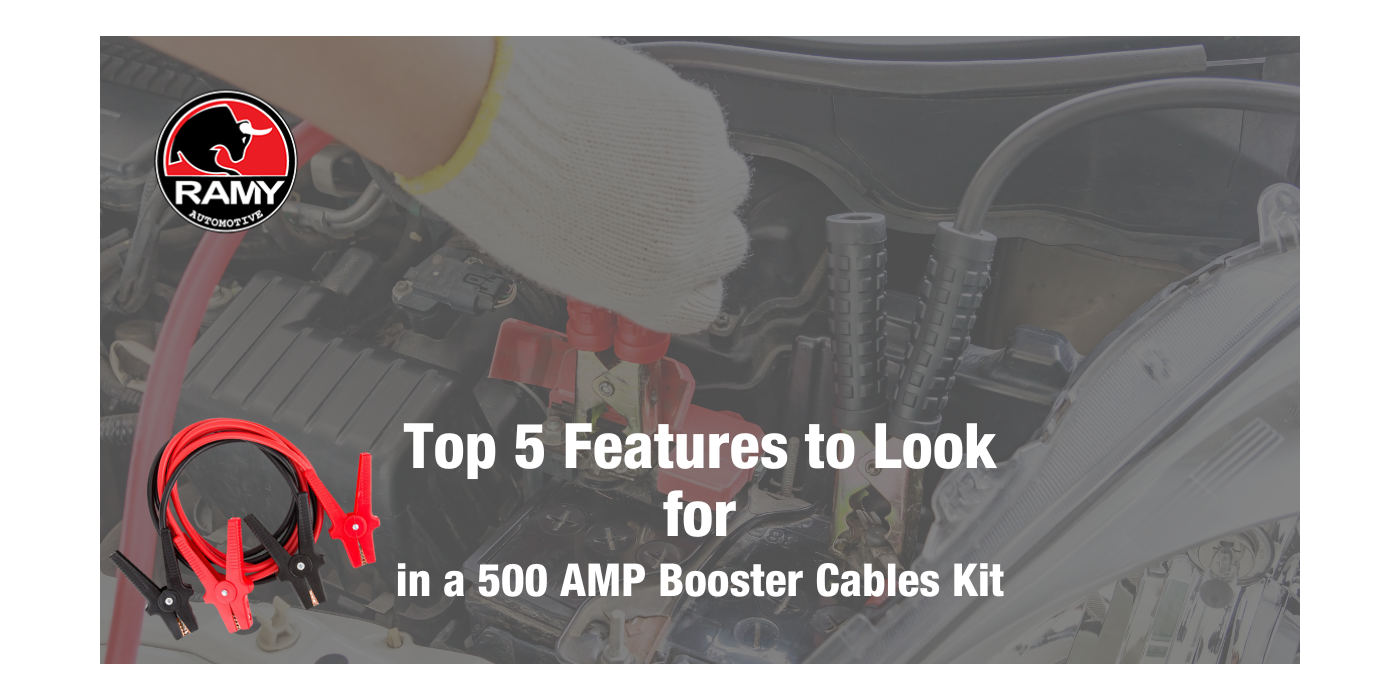Choosing the right amp can enhance your music experience. It can make a big difference in sound quality and performance.
If you are in the market for a new amp, you might feel overwhelmed by the options. There are many features to consider, and each one can impact your decision. From power output to connectivity, understanding these features is key.
This guide will help you identify what to look for in an amp. We will explore the essential features that matter most. Whether you are a beginner or a seasoned audiophile, knowing these details will help you make a smart choice. Let’s dive into what makes an amp worth your investment.
Power Output
When choosing an amplifier, understanding the power output is crucial. It determines the performance and quality of the sound. Power output refers to the strength of the signal the amp sends to the speakers. It plays a significant role in the overall audio experience. Let’s delve into the key aspects of power output that you should consider.
Wattage Importance
The wattage of an amp indicates its power capability. Higher wattage means louder and clearer sound. For home use, an amp with 20-50 watts is usually sufficient. For larger venues or outdoor events, you might need 100 watts or more. Always check the wattage to ensure it meets your needs.
Matching Speakers
Matching the amp’s power output with your speakers is essential. Mismatched power can lead to poor sound quality or even damage. Check the speaker’s power rating and impedance. Ensure the amp’s output matches these specifications. This will provide optimal performance and longevity for your audio equipment.

Credit: www.youtube.com
Sound Quality
When choosing an amp, sound quality is crucial. A good amp should provide clear, crisp, and rich audio. Two essential factors to consider for sound quality are distortion levels and frequency response.
Distortion Levels
Distortion occurs when the amp alters the original sound signal. It can be good or bad, depending on your needs. Low distortion levels are important for a clean sound. High-quality amps offer lower Total Harmonic Distortion (THD). Look for amps with THD below 1% for the best clarity.
Sometimes, distortion can be desirable for certain music styles. Amps with adjustable distortion levels are versatile. They let you tailor the sound to your preference. Check the specs for THD ratings and distortion control features.
Frequency Response
Frequency response measures how an amp handles different audio frequencies. A wide frequency range ensures the amp can reproduce both high and low sounds accurately. This range is typically measured in Hertz (Hz). For most music, a range of 20Hz to 20kHz is ideal.
An amp with a flat frequency response is best. It means the amp treats all frequencies equally, giving a balanced sound. Look for frequency response graphs in the amp’s specifications. This will help you understand how it performs across different frequencies.
In summary, focus on low distortion levels and a wide, flat frequency response. These features are key to achieving top-notch sound quality in your amp.
Input And Output Options
When choosing an amp, input and output options are crucial. These options determine how you can connect your devices to the amp. Let’s explore the two main types: Analog Inputs and Digital Inputs.
Analog Inputs
Analog inputs are the traditional way to connect devices. These include:
- RCA Jacks: Commonly used for CD players, turntables, and other audio sources.
- XLR Inputs: Offer a balanced connection, reducing noise and interference.
- Phono Inputs: Specifically for turntables, they ensure the best sound quality.
These inputs are essential for connecting older or professional audio equipment. They provide a warm, rich sound.
Digital Inputs
Digital inputs are becoming more popular with modern devices. These include:
- USB Ports: Ideal for connecting computers and streaming devices.
- Optical (TOSLINK): Provides a high-quality digital audio connection, often used with TVs and gaming consoles.
- Coaxial Inputs: Another option for digital audio, offering clear sound.
Digital inputs offer convenience and support high-resolution audio formats. They are perfect for connecting smart devices and modern audio systems.
Understanding both Analog Inputs and Digital Inputs will help you choose the right amp for your needs. Make sure the amp has the input options that match your devices.

Credit: www.ramyautomotive.com
Amplifier Classes
Choosing the right amplifier for your audio setup can be daunting. One critical aspect to consider is the amplifier class. Amplifier classes denote how the amplifier operates and affects sound quality, efficiency, and heat generation. Understanding these classes can help you make an informed decision.
Class A
Class A amplifiers offer high sound quality. They operate by keeping the output transistors on at all times. This ensures minimal distortion and a cleaner audio signal. However, this constant operation makes them less efficient. They generate a lot of heat and consume more power. Class A amps are ideal for audiophiles who prioritize sound over efficiency.
Class D
Class D amplifiers are known for their efficiency. They work by switching their output transistors on and off rapidly. This method reduces power consumption and heat generation. Class D amplifiers are smaller and lighter. They are perfect for portable devices and car audio systems. While they are efficient, sound quality can vary. Advances in technology have significantly improved their audio performance.
Connectivity
Connectivity is a key feature to consider when choosing an amp. Modern amps offer various ways to connect your devices. This ensures you get the best sound quality and convenience. Below are two essential connectivity features to look for:
Bluetooth
Bluetooth connectivity allows you to connect your amp to devices wirelessly. This is perfect for streaming music from your smartphone or tablet. With Bluetooth, you avoid the clutter of wires. Check if the amp supports the latest Bluetooth version. This ensures better range and sound quality. Some amps even offer advanced Bluetooth codecs like aptX or AAC. These codecs deliver higher-quality audio. Look for these features to enhance your listening experience.
Wi-fi
Wi-Fi connectivity offers even more flexibility and higher sound quality. Unlike Bluetooth, Wi-Fi can handle larger audio files without compression. This means you get better sound. With Wi-Fi, you can also connect to your home network. This allows you to stream music from online services like Spotify or Apple Music. Some amps support multi-room audio. This feature lets you play music in different rooms simultaneously. Ensure the amp is compatible with your home network and streaming services. Wi-Fi connectivity often comes with app control. This lets you manage your amp settings from your smartphone.
Build Quality
When selecting an amplifier, build quality is a crucial factor. A well-built amp ensures reliability and longevity. It also affects the sound quality. Poor build quality can lead to unexpected issues. Let’s dive into key aspects of build quality.
Material Durability
Material durability plays a big role in an amp’s lifespan. High-quality materials resist wear and tear. Metal casings offer better protection. They safeguard internal components. Plastic casings are less durable. They are prone to damage. Check for sturdy knobs and switches. These should feel solid and firm. Loose parts can affect performance. Look for heat-resistant materials. Amps can get hot. Heat resistance prevents damage.
Component Quality
Component quality impacts overall performance. High-grade components ensure consistent sound. Low-quality parts can degrade audio output. Look for quality capacitors and resistors. These are vital for smooth operation. High-quality transformers are crucial. They provide stable power. Poor transformers can cause humming. Inspect the internal wiring. It should be neat and organized. Messy wiring can lead to malfunctions. Quality components also mean fewer repairs. They extend the amp’s life.
Size And Design
Choosing an amplifier can be overwhelming with the numerous options available. One of the most crucial aspects to consider is the size and design. This can significantly affect the usability and aesthetics of your setup. Whether you need a compact amp for a small space or a visually appealing one to match your decor, knowing what to look for can make all the difference.
Compact Options
If you have limited space, a compact amplifier might be your best bet. These amps are small, lightweight, and easy to move. They are ideal for home studios, small apartments, or even travel. Despite their size, many compact amps offer powerful sound and a variety of features.
Consider the dimensions and weight. Make sure it can fit in your desired location. Also, check if it has built-in handles or a carry case for easier transport. Here are some benefits of compact amps:
- Space-saving design
- Portable and easy to carry
- Often more affordable
Aesthetic Appeal
The design of an amp can also be a key factor. A visually pleasing amp can enhance the look of your room or studio. Look for designs that match your personal style. Some amps come in a variety of colors and finishes, from classic wood to sleek metal.
Consider the following when choosing an aesthetically pleasing amp:
| Feature | Details |
|---|---|
| Color Options | Choose colors that match your decor. |
| Material | Select from wood, metal, or plastic finishes. |
| Design Style | Opt for vintage, modern, or minimalist designs. |
Remember, the best amp is not just about performance. It should also fit well in your space and reflect your style. Whether you prefer a compact option for convenience or an amp with aesthetic appeal for its looks, the right choice can enhance both your sound and your environment.
Budget Considerations
Choosing the right amp can depend a lot on your budget. Knowing what you can afford helps narrow down your choices. Below are some options to consider based on different budget levels.
Entry-level Options
For beginners, there are many affordable amps. These models offer basic features without breaking the bank. You can find amps with good sound quality under $100. They are perfect for practicing at home or small gigs.
Look for amps with simple controls. Volume, gain, and tone knobs are usually enough. Some entry-level amps also include built-in effects. These can add fun to your playing experience. Examples include the Fender Frontman and the Boss Katana Mini. These models are popular among beginners for their ease of use and good sound.
High-end Models
For serious musicians, investing in a high-end amp is worth it. These amps offer superior sound quality and advanced features. Prices can range from a few hundred to several thousand dollars. High-end models often include more control options. They allow you to shape your sound with precision.
Many high-end amps also offer multiple channels. This feature lets you switch between clean and distorted sounds. Brands like Marshall and Mesa Boogie are well-known for their high-quality amps. They are perfect for professional gigs and studio recordings. Investing in a high-end amp ensures you get the best sound possible.

Credit: www.linkedin.com
Frequently Asked Questions
What Is The Ideal Wattage For An Amp?
The ideal wattage for an amp depends on your needs. For home use, 10-30 watts is sufficient. For live performances, 50-100 watts is ideal.
Do I Need Built-in Effects In An Amp?
Built-in effects can be convenient. They offer versatility without needing extra pedals. However, dedicated pedals often provide better quality and more options.
How Important Is Amp Portability?
Portability is important if you travel frequently with your amp. Lighter, compact amps are easier to transport and set up.
Should I Choose A Tube Or Solid-state Amp?
Tube amps offer warm, rich tones but are heavier and need maintenance. Solid-state amps are reliable, lighter, and often more affordable.
Conclusion
Finding the right amp takes some careful consideration. Focus on key features like power, connectivity, and sound quality. Think about your needs and match them with the amp’s capabilities. Don’t forget to check reviews and ratings for reliability. An informed choice will enhance your music experience.
Happy listening!







